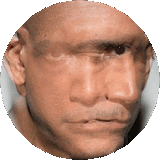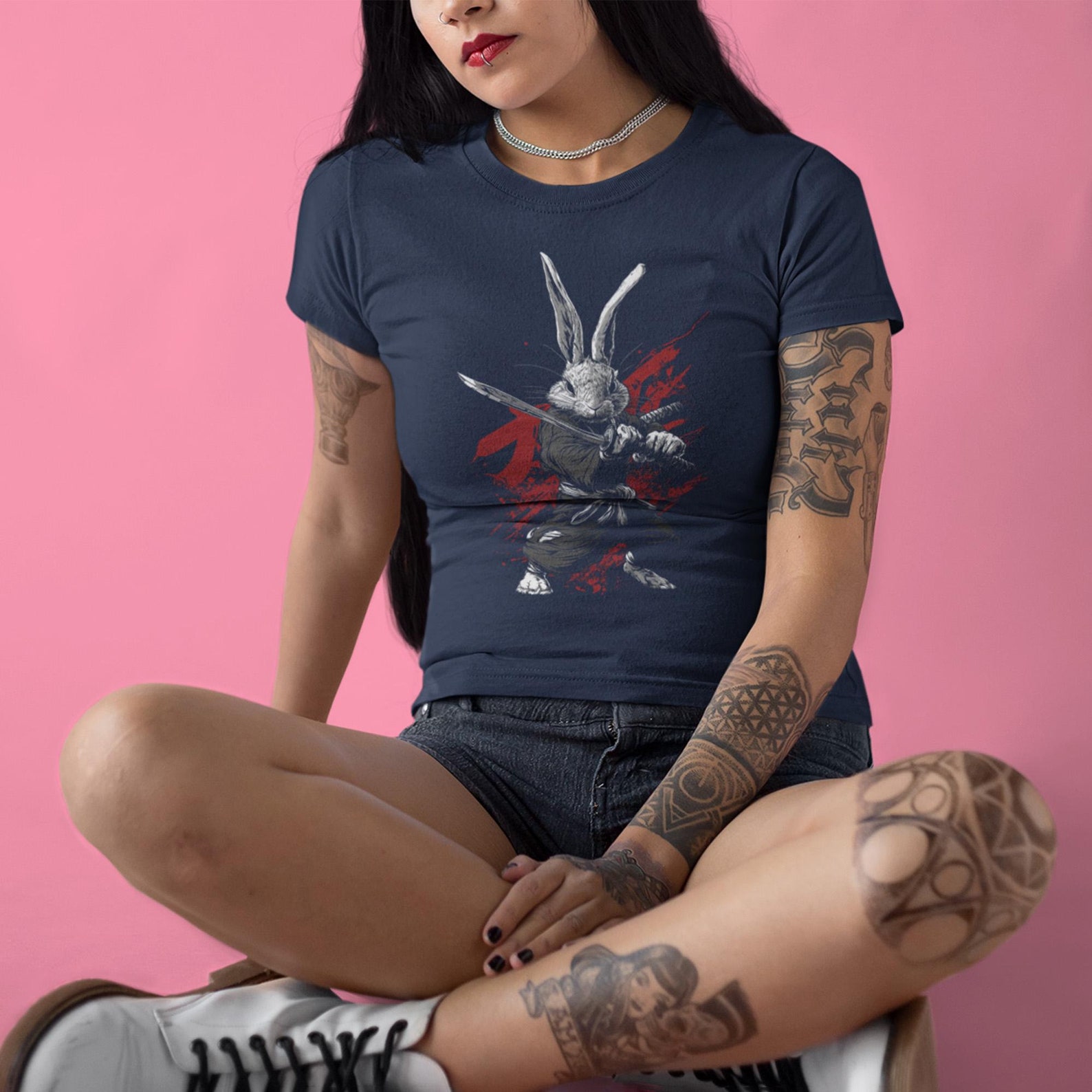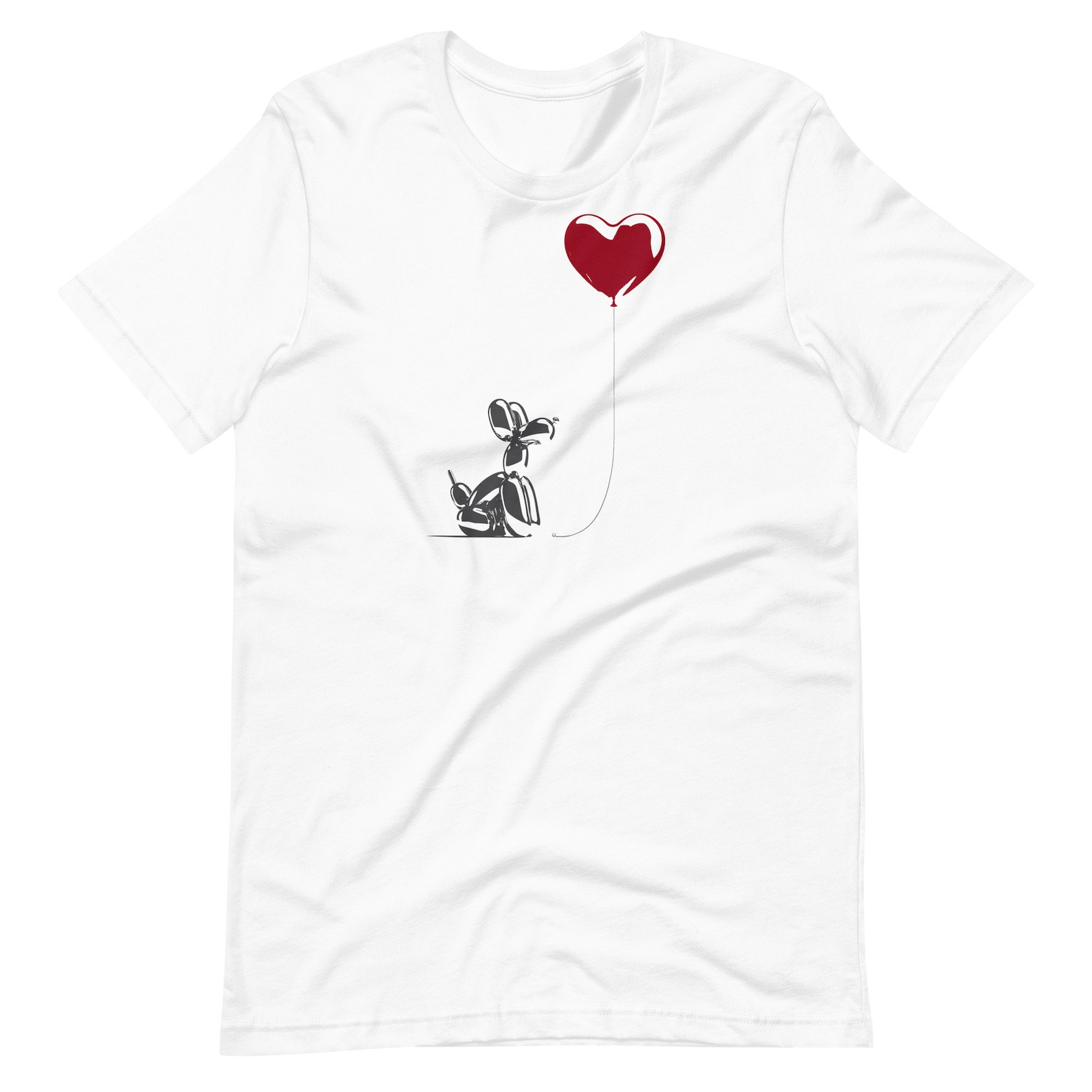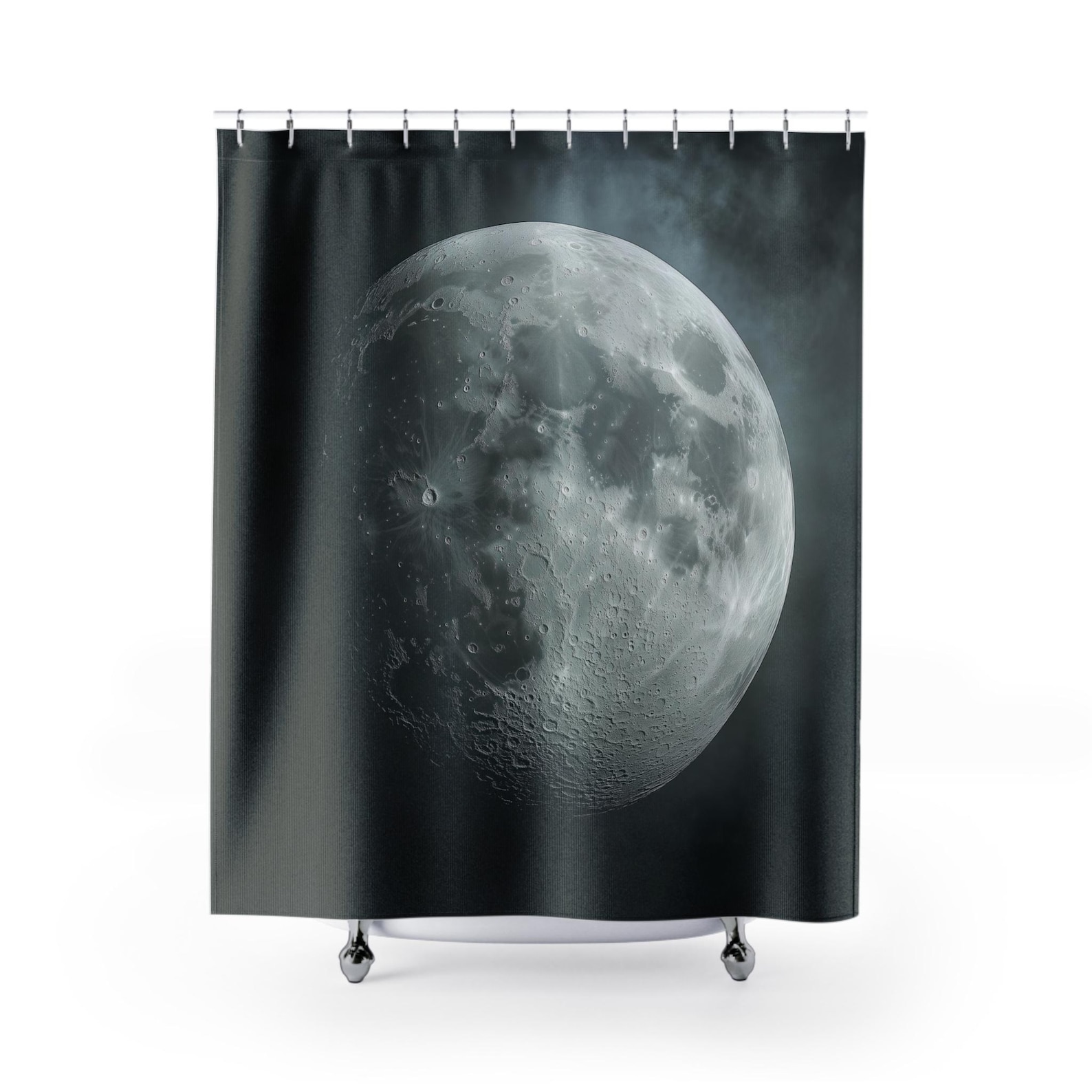Living in the shadows: How bias impacts those who look "different"
In a world where appearance shapes how we’re perceived, individuals who look 'different' face unique challenges, often leading them to hide parts of their identity to avoid being targeted.

How ambiguous identities face unique challenges in a divisive world
Navigating when different
For many people who look “different,” whether due to race, gender presentation, or other visible markers of identity, there’s often an added pressure to “read the room” before they can fully engage. This means constantly assessing whether their appearance or presence will be met with acceptance, judgment, or even hostility.
Everyone’s experience with discrimination is unique, but how people perceive and react often hinges on their appearance. The way we “look” — whether it’s race, gender presentation, or even ambiguous combinations of features — plays a significant role in how we are treated by society. Some individuals, particularly those who don’t conform to expected norms or possess a more ambiguous appearance, face a complex reality when navigating public spaces.
Perception and interpretation: The impact of appearance
The experience of discrimination doesn’t just depend on the actions of others; it also depends on how the person targeted interprets those actions. For example, if someone is the object of ridicule but doesn’t perceive it as such, they may not feel hurt. Conversely, those who are more aware of how they are viewed may be deeply affected by even subtle gestures or offhand comments. Our appearance plays an influential role in shaping these experiences — for better or worse.
This perception is often tied to what we call “thick skin.” Some individuals can brush off comments or judgments, while others internalize them, especially when they arise from repeated experiences of being treated as “different.”
Hiding from the majority: The fear of standing out
Many people who don’t fit the dominant norms of society have long felt the need to hide, particularly if they stand out because of their race, gender, or other aspects of their appearance. This tendency to hide is not new; it existed long before the Internet and has only intensified in the digital age. While many hoped that the Internet would create more inclusive spaces, it has often amplified divisions, leaving individuals who stand out feeling even more isolated.
For many, this sense of exclusion and otherness is directly tied to their appearance. Whether it’s racial identity, gender presentation, or any combination of features, individuals who look “different” from the majority often feel the societal gaze more sharply.
Ambiguous appearances and intersectional identities
Some individuals, particularly those with a vague or multi-ethnic appearance, face an even more complex form of discrimination. People who do not fit neatly into a single racial or gender category often face confusion or hostility as others project their biases and stereotypes onto them. These individuals might be subjected to intrusive questions like, “What are you?” or have assumptions made about their background.
Interestingly, this sense of 'otherness' can extend beyond race and gender. Imagine a world where people with more than the average amount of body hair attract scrutiny or ridicule rather than the current association with sexiness. It sounds absurd, but it reveals a fundamental truth about discrimination: it’s often irrational and arbitrary. Just as society decides to judge individuals based on their skin color or gender presentation, it could just as easily target something as benign as body hair. The humor in this idea stems from the randomness of what society chooses to fixate on, underscoring the absurdity of many forms of discrimination.
Consider the case of an individual who wishes to remain anonymous. They appear Moroccan and, due to a vertebrae injury, required a neck brace and a safety minder to accompany them on public errands. It was during one such outing that they overheard a comment accusing them of being a 9/11 airplane hijacker — a false and damaging stereotype rooted in racism. The individual was in disbelief that they could be capable of such an atrocity, especially given their belief in kindness and generosity. This incident highlights the challenges faced by those with ambiguous appearances, who often feel pressured to conceal aspects of themselves to avoid unwanted attention or prejudice. Navigating this terrain has become a constant part of their reality, leading many to hide aspects of their identity to avoid becoming a target.
Violence and prejudice toward Asian Americans
Recent reports have highlighted a surge in violence against Asian Americans, particularly those of Southern Asian descent. According to major U.S. news outlets, hate crimes against Asian Americans increased by over 339% in 2021, and the trend continued into 2022 and beyond. While the increased prominence of Asian Americans in public life — including political figures like Kamala Harris and Andrew Yang — has brought visibility to their communities, it has also heightened the risk of violence. The rise in hate crimes isn’t a new phenomenon, though; it reveals that these deep-seated prejudices have always been present, lurking beneath the surface.
For many Asian Americans, their appearance becomes a marker of difference, one that makes them easy targets for verbal and physical attacks. As public figures bring attention to their communities, the response from specific segments of society underscores the latent racism that remains unresolved.
Denial and silence: The cycle of hiding and avoiding confrontation
In addition to the tendency to hide, many victims of discrimination also tend to deny the severity of their experiences. This could be out of fear of confrontation or because they feel it’s too difficult to prove the prejudice they’ve faced. This denial can be widespread for those whose appearance doesn’t fit neatly into society’s expectations. They may second-guess themselves, wondering if they overreact or if others will believe them if they speak out.
On the other hand, perpetrators of discriminatory actions often deny their behavior, claiming that their words or actions were misunderstood. This creates a cycle of denial where both the victim and the aggressor avoid confronting the real issues, perpetuating the cycle of discrimination.
The risk of standing out: Why many choose to hide
For those who look “different,” whether due to race, gender presentation, or even something like an unusual feature, there is always the risk of facing prejudice. Whether it’s a passing comment, a hostile look, or, in more extreme cases, physical violence, the threat of being singled out is ever-present. This risk, however small it might seem at times, is enough to make many individuals feel the need to keep a low profile to avoid standing out or drawing attention to themselves.
Even public figures, like the pop icon Madonna, experience pile-ons for how they present themselves. Despite her status and success, she faces criticism for her appearance, from ageist remarks to attacks on her evolving fashion choices. The scrutiny surrounding how someone like Madonna “looks” underscores how society judges people — even those in positions of power or influence — based on appearance.
The fear of being labeled or categorized based on appearance is powerful. Individuals with ambiguous or multi-ethnic looks, non-conforming gender presentations, or other visible markers of difference often experience this fear more intensely. The desire to avoid judgment and stereotyping leads many to hide aspects of themselves to minimize the chance of becoming a target.
Conclusion: The power of perception and appearance
In today’s world, how we “look” shapes how we are treated. Whether based on race, gender presentation, or an ambiguous appearance that doesn’t fit neatly into societal categories, those who deviate from societal norms face unique challenges. For many, hiding remains a necessary strategy for survival, a way to navigate a world that judges hastily and harshly based on appearance alone.
As long as society judges people based on surface-level traits, the tendency to hide will persist. And as long as prejudice and discrimination remain closely tied to appearance, many will continue to live in the shadows — not by choice, but by necessity. Whether it’s body hair, racial ambiguity, or something else entirely, the absurdity of discrimination reminds us how far we still have to go in accepting and embracing differences.












